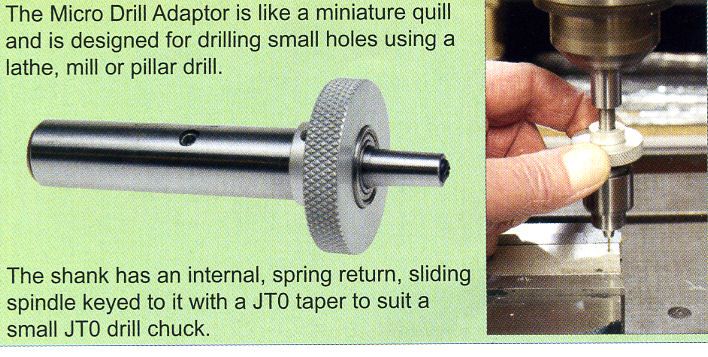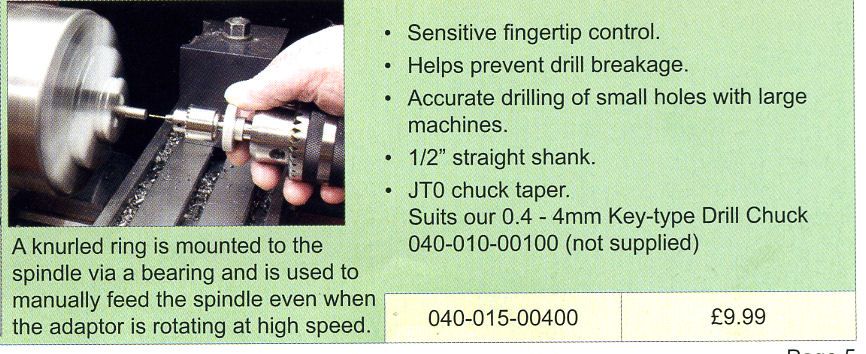How do i drill small holes – just ruined my Elmers Tiny Column :(
How do i drill small holes – just ruined my Elmers Tiny Column :(
- This topic has 41 replies, 24 voices, and was last updated 28 September 2014 at 10:52 by
Ian S C.
- Please log in to reply to this topic. Registering is free and easy using the links on the menu at the top of this page.
Latest Replies
Viewing 25 topics - 1 through 25 (of 25 total)
-
- Topic
- Voices
- Last Post
-
- Is Evo-stik impact adhesive good for wood to plastic? Is bond long lasting?
- 10
- 10 June 2025 at 00:35
- Model Turbines 1 2 … 24 25
- 28
- 9 June 2025 at 15:11
Viewing 25 topics - 1 through 25 (of 25 total)
Latest Issue
Newsletter Sign-up
Latest Replies
- Need help choosing a lathe chuck
- Drilling 316 Stainless Steel
- 30w low voltage PWM controller
- Painting machine tools, cannot find thread
- Is Evo-stik impact adhesive good for wood to plastic? Is bond long lasting?
- Anti Virus software
- 3″ Burrell build
- Sieg C1 lathe autofeed and screw cutting
- A modern mystery (Yanmar injectors)
- Stuart? MTB 1M






